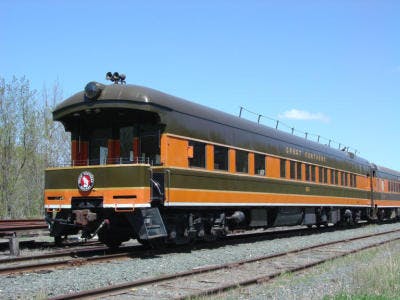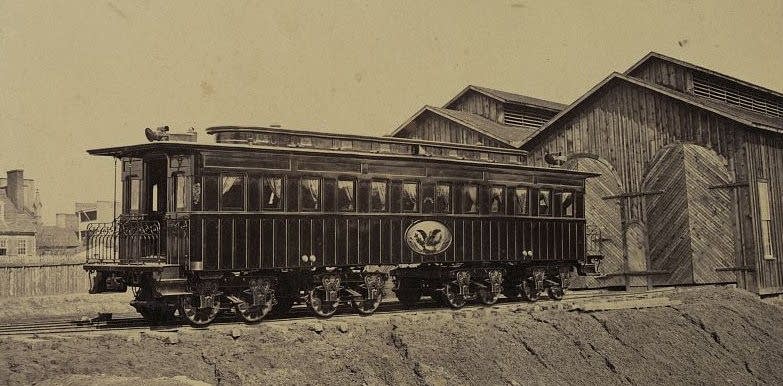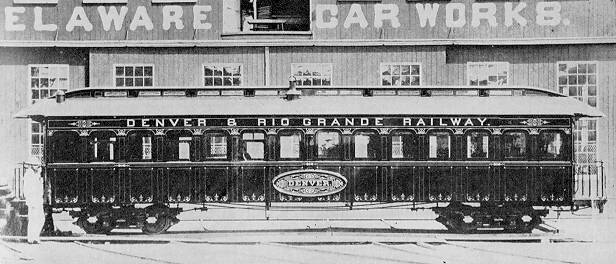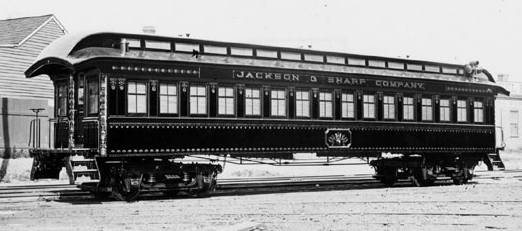let’s see, if somebody can help me out with historic knowledge.
when did they start to build clerestory roofs?
and, when did they start to build the round roof-ends?
well, i am somewhat sure, that it was after the invention of steam trains and stagecoach-style cars.
but it seems to me, that the earliest passengercars just had simple rounded roofs in the european style.
additional question: where there any passenger cars with gabled roofs, like the freightcars?
thanks in advance for any helpfull answers.









